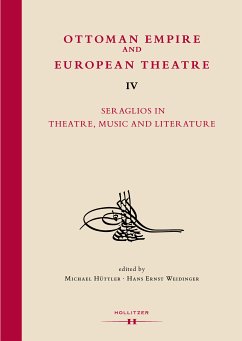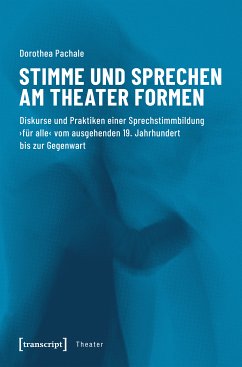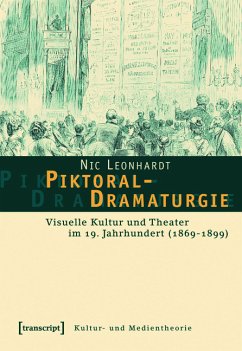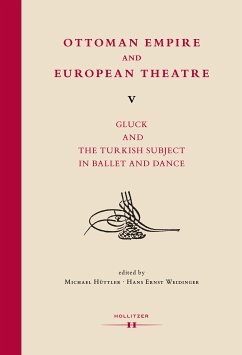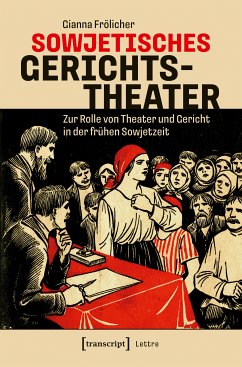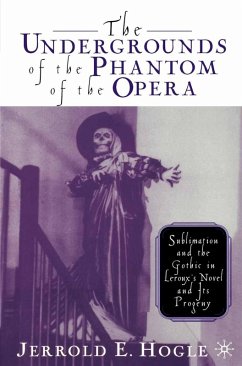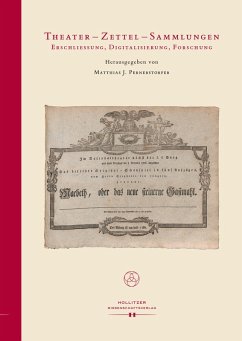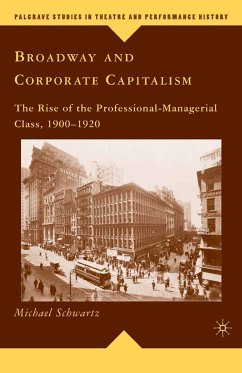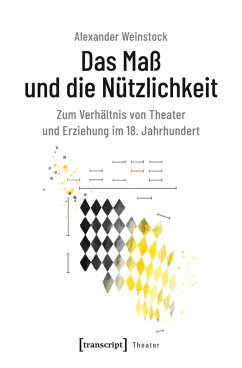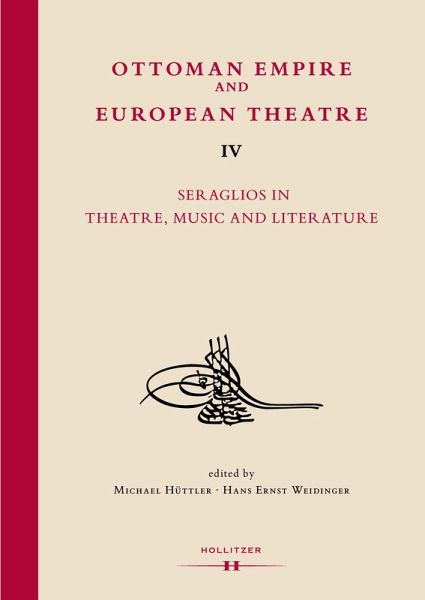
Ottoman Empire and European Theatre Vol. IV (eBook, PDF)
Seraglios in Theatre, Music and Literature
Redaktion: Hüttler, Michael; Weidinger, Hans Ernst
Versandkostenfrei!
Sofort per Download lieferbar
Statt: 55,00 €**
49,99 €
inkl. MwSt. und vom Verlag festgesetzt.
**Preis der gedruckten Ausgabe (Gebundenes Buch)
Alle Infos zum eBook verschenkenWeitere Ausgaben:

PAYBACK Punkte
0 °P sammeln!
The book series "Ottomania" researches cultural transfers between the Ottoman Empire and Europe, with the performing arts as its focus. In Ottoman Empire and European Theatre, vol. IV: Seraglios in Theatre, Music and Literature, the series continues to explore one of the most popular subjects of eighteenth-century art: the seraglio and its harem. This volume provides a deeper understanding of the seraglio's various manifestations in the artworks, music and theatre of the Austrian/ Habsburg and central European regions, including interconnections with Italy and France, from the sixteenth to the...
The book series "Ottomania" researches cultural transfers between the Ottoman Empire and Europe, with the performing arts as its focus. In Ottoman Empire and European Theatre, vol. IV: Seraglios in Theatre, Music and Literature, the series continues to explore one of the most popular subjects of eighteenth-century art: the seraglio and its harem. This volume provides a deeper understanding of the seraglio's various manifestations in the artworks, music and theatre of the Austrian/ Habsburg and central European regions, including interconnections with Italy and France, from the sixteenth to the nineteenth centuries. The studies examine descriptions of the seraglio by European diplomats, the seraglio's visual traces in European artworks, and depictions of the seraglio in eighteenth-century Austrian Singspiele. They also consider seraglios from the Ottoman point of view and investigate the music of the seraglio in eighteenth-century opera.
Dieser Download kann aus rechtlichen Gründen nur mit Rechnungsadresse in A, B, BG, CY, CZ, D, DK, EW, E, FIN, F, GR, H, IRL, I, LT, L, LR, M, NL, PL, P, R, S, SLO, SK ausgeliefert werden.




